Back Pain
Eighty percent of Americans will experience back pain at some point in their lives. In fact, it’s one of the main issues for which people seek medical care. Low back pain, in particular, can become a chronic or ongoing problem. Back pain isn’t always easy to diagnose or relieve.
Acupuncture and Traditional Chinese Medicine (TCM) are very effective and natural methods for treating back pain. They can also be used in tandem with traditional Western treatments to maximize recovery and stimulate healing.
How does back pain happen?
There is a wide range of causes for back pain, such as strained muscles or ligaments (often caused by improper lifting), quick movements or traumatic injuries. Another culprit can be that the disks between the vertebrae bulge or rupture and press on a nerve. Arthritis and structural abnormalities of the spine are also potential causes. Back pain is usually treated with physical therapy, chiropractic care, medications and sometimes surgery.
A natural approach
Practitioners of acupuncture and TCM see back pain in a different way. An acupuncturist will work to find and treat the underlying causes of your pain while also treating your symptoms. A study done at a Swedish hospital determined that acupuncture gave long-term relief and improvements in physical activity and quality of sleep, and a lower need for pain medication.
Acupuncture and TCM are based on the idea that Qi (pronounced “chee”), or vital energy, moves through the body’s meridians or channels. If Qi becomes blocked, unbalanced or deficient, symptoms in the back such as pain, aching and inflammation can arise. This is due to reasons, such as injury, illness, stress or external intruders such as wind or dampness.
Reasons for back pain:
• Stagnation – a type of pain that is often connected to acute, stabbing or severe pain that is related to strains, sprains or trauma. It can also include stiffness and tightness and gets worse with rest. If it happens often in the same area(s) it may be due to an underlying deficiency.
• Cold, damp obstruction – a type of pain that is typically worse in the morning and aggravated by cold or damp weather. This condition may be associated with numbness, swelling or a sense of “heaviness.” Heat generally makes this condition better.
• Deficiency – a type of pain that is usually chronic and present with a dull pain. Often it improves with rest.
Restoring balance
Once the cause(s) of your back pain have been determined by your practitioner, a specific treatment plan to address your personal concerns and boost your overall health will be created. During acupuncture treatments, your practitioner will insert fine, sterile needles into acupuncture points in order to restore the flow and balance of Qi. Your session might also include acupressure or other therapies based on your specific issues and symptoms.
Your practitioner may also suggest lifestyle changes and techniques you can do at home, especially if you have chronic pain. These may include:
• Improving your posture – In a mirror, examine your posture. Try to stand with your shoulders back, your head up and your pelvis in a neutral position. When you sit, try to stay upright with your feet flat on the floor and your knees and hips level. When walking and standing, try to balance your weight evenly.
• Exercising – Use regular exercise to keep your back and abdominal muscles strong. Yoga and Qi Gong are both effective and gentle. Consider adding aerobic exercise to reduce stress and improve your overall health.
• Manage your stress – Unhealthy reactions to stress negatively affect your health and can directly contribute to muscle pain. Deep-breathing techniques or meditation can help you stay calm and relaxed. Massage is also a good way to help destress and loosen tight muscles.
Many people are finding relief for both acute and chronic back pain through acupuncture and TCM. If you or someone you know struggles with back pain, call TOTEM Acupuncture today to find out more about how acupuncture can help.
